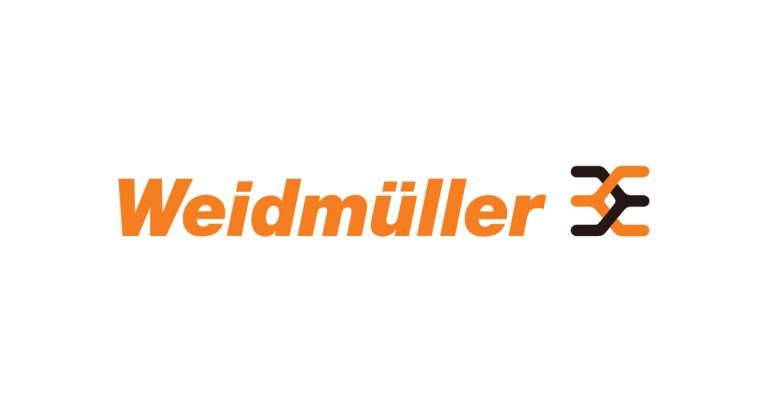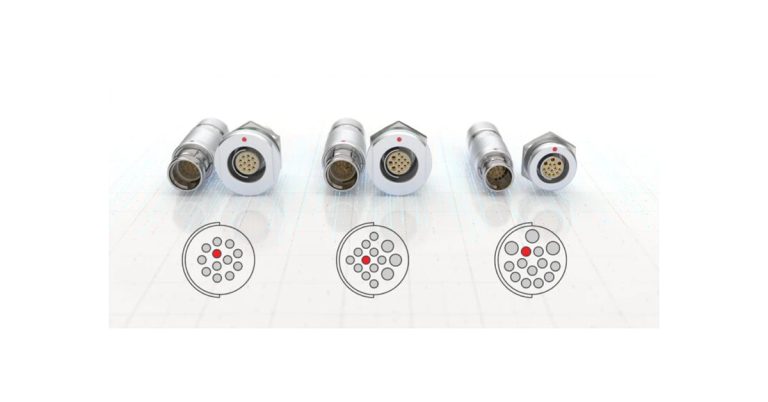Top Trends from Graybar’s 2020 Contractor Technology Survey

February 10, 2021
Earlier this year, Graybar and Sanveo asked contractors about their adoption and use of technology to see what has changed since they last surveyed them in 2018.
The results reveal that contractors are becoming increasingly comfortable using technology in some cases, but hesitate to fully digitize their workflows. The resulting data silos may be making supply chains less efficient and hurting productivity on the jobsite.
Some key insights from the 338 respondents in the survey are …
The majority of contractors now use some digital tools on their projects.
58% of contractors surveyed are now using software to collect data in the field. ProCore was the top choice to do so, used by 27% of contractors.
While most contractors are adopting software, a substantial number – 42% – still rely on paper to collect data.
However, many of them use digital tools at some point in their process, and prefer those that make it easier to communicate and collaborate on projects.
68% use tablets to connect with their team, and 53% use the cloud for file sharing. 44% use PlanGrid software to manage and collaborate on blueprints, and an equal 44% use an electronic plan management tool.
While many contractors now use digital tools to collect data and work on plans, a slightly lower number (41%) order materials online.
Mobile time entry and BIM design tools show the least adoption, with only 35% of contractors using them.
A growing number of contractors integrate their software directly with suppliers and distributors.
Many of the contractors surveyed use software that allows them to integrate directly with suppliers and distributors in order to boost efficiency through increased visibility into their supply chain. These contractors can receive real-time notifications about changes in the availability of inventory, price, delivery times and other key variables that affect productivity and profitability on the jobsite.
Estimation software was a popular area for connection. Excluding “other,” the most popular software among respondents was Accubid. Procore came in second, with ConEst and McCormick tied for third.
As more contractors use software to break down the information silos that form between different departments and phases of a project, their efficiency improves and risk drops.
More contractors are adopting BIM, but they aren’t using it to its full potential.
According to research by Dodge, 64% of companies that use BIM report improved project delivery performance.
However, only 35% of contractors surveyed by Graybar said that they use BIM software. The top three uses they reported were layout (25%), 3D construction modeling (25%) and prefabrication (19%). Compared to the last survey, contractors are using BIM less for design, and more for pre-construction and jobsite needs.
While prefabrication was one of the top uses for BIM, BIM is only a small portion of the information feeding most contractors’ prefabrication processes. When asked what percentage of information used in their prefabrication process comes from BIM, 43% of respondents answered “none.” An additional 31% indicated that a quarter or less of the data they use comes from BIM. Only 15% of contractors said that BIM accounted for more than half of the data feeding their prefabrication processes.
The survey revealed contractors commonly implement BIM because the general contractor requires it. Respondents voiced concerns about the cost and time implications, as well as the availability of people qualified to complete this work.
Most contractors are using pre-fab – but only for a fraction of their materials.
Dodge reports that half of contractors doing prefab report greater than 6% schedule improvement, with 55% reporting a budget impact greater than 6%.
However, according to Graybar’s survey, 30% of respondents aren’t utilizing prefabrication.
69% said that half or less of their materials go through a prefabrication process. Less than 1% use 50% or more of their materials for prefabrication.
Research by FMI shows that contractors who use prefabrication on more than 50% of their projects are more effective than those who do less prefab – suggesting that there is a learning curve for contractors to capture the full efficiency gains.
The top three components prefabricated by our respondents are in-wall devices, conduit supports and feeder conduits.
A growing number are willing to outsource their prefabrication. When asked if it was something they would consider, 41% answered yes.
What’s next?
Looking at these trends together, it’s clear that more contractors are adopting digital tools, but have a journey ahead to fully utilize them.
61% of respondents believe that the percentage of prefabrication is likely to grow in the next few years – a number that held steady from our 2018 results.
By adopting integrated software solutions, contractors may more fully realize the efficiency gains promised by new technologies.
To read the full report, click here.
![]()
https://www.graybar.com/top-trends-from-graybars-2020-contractor-technology-survey











